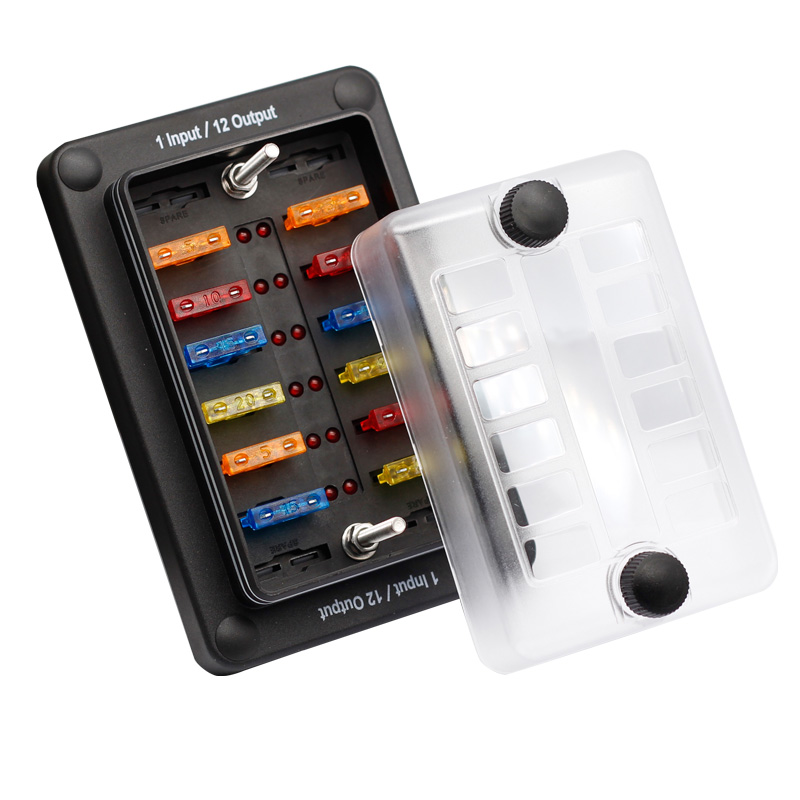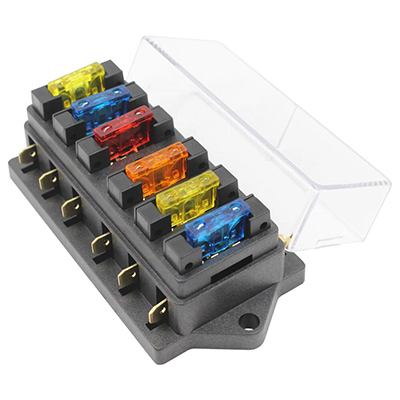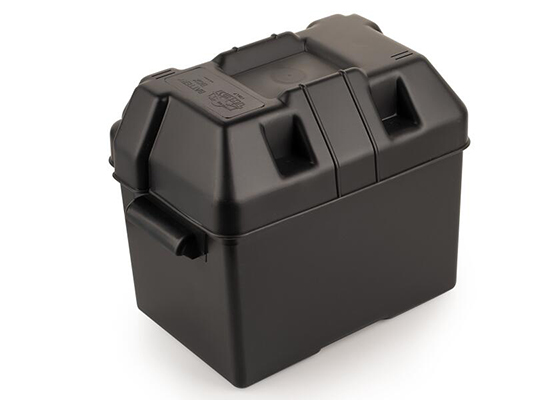How to Test a Car Fuse Holder for Ground Faults: A Step-by-Step Guide for Vehicle Maintenance
News 2025-10-20
A car fuse holder is essential in automotive electrical systems, serving to protect circuits by housing fuses that break under excessive current. Ground faults, which create unintended paths to the vehicle’s chassis, can lead to short circuits, fires, or component failures. In practical scenarios like routine maintenance or troubleshooting electrical issues, testing for these faults helps maintain system integrity, enhances safety, and extends the life of vehicle components. This process is particularly useful for mechanics and DIY enthusiasts dealing with older cars or harsh environments where corrosion is common.

Understanding Ground Faults in Automotive Systems
Ground faults often stem from damaged insulation, moisture intrusion, or poor connections within the fuse holder. These issues can manifest in vehicles exposed to elements or with high mileage, affecting performance by causing intermittent electrical problems. Testing identifies these faults early, allowing for repairs that improve reliability and prevent cascading failures in the electrical network, thus optimizing the fuse holder’s role in circuit protection.
Tools and Preparation for Accurate Testing
Effective testing requires specific tools like a digital multimeter for continuity checks, safety glasses, insulated gloves, and a flashlight. Begin by locating the fuse box, usually under the hood or dashboard, and disconnect the battery to ensure safety. This setup allows for precise measurements and minimizes risks, enabling a focused approach to diagnosing potential ground issues in the fuse holder.
Step-by-Step Procedure for Testing
Start with a visual inspection for signs of damage or corrosion on the fuse holder. Set the multimeter to continuity mode and test between the holder’s terminals and a known ground point. Absence of continuity indicates no fault, while continuity suggests a problem needing attention. Proceed to check resistance values; deviations from norms signal faults that could compromise electrical efficiency. This method ensures thorough detection and supports better system performance through targeted fixes.
Common Questions and Answers
1. What signs indicate a ground fault in a fuse holder?
Look for blown fuses, flickering lights, or unusual noises; these symptoms often point to unintended grounding.
2. Can I test without specialized tools?
A basic test light can work for simple continuity checks, but a multimeter provides more accurate results for detailed diagnostics.
3. How often should testing be done?
Perform checks during annual maintenance or if electrical issues arise, helping to catch faults before they cause major problems.


